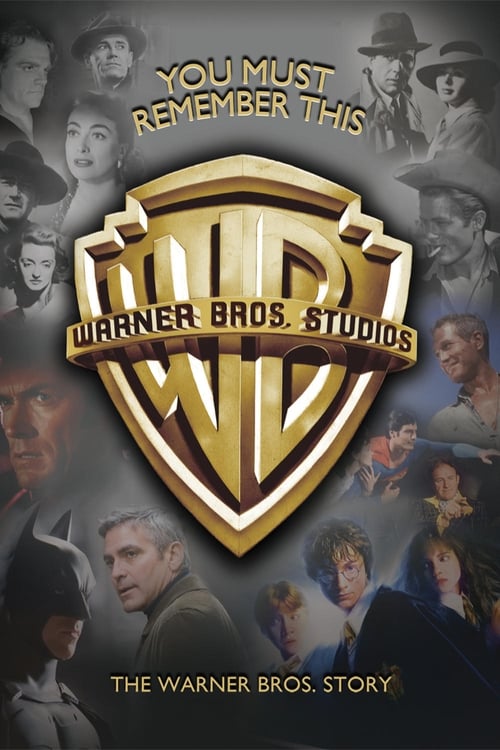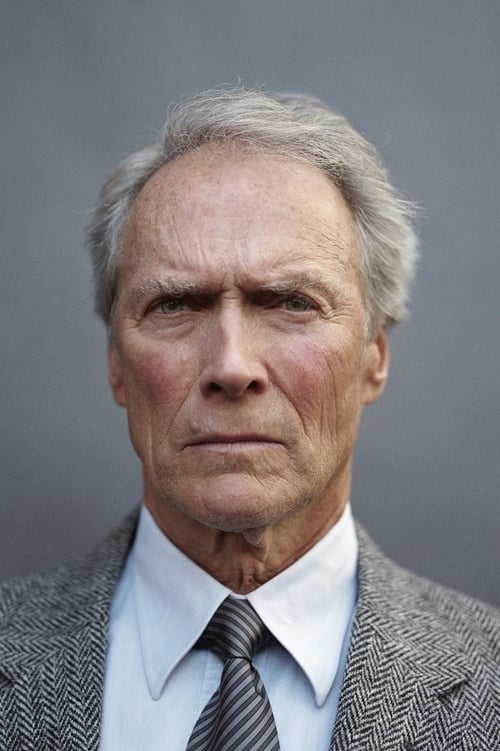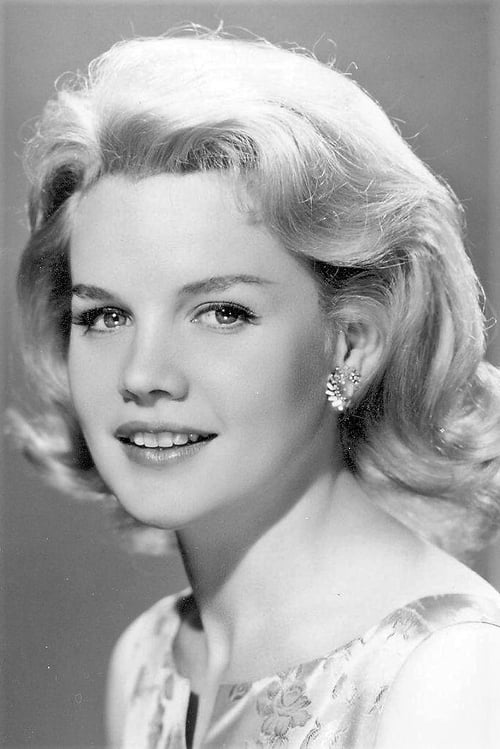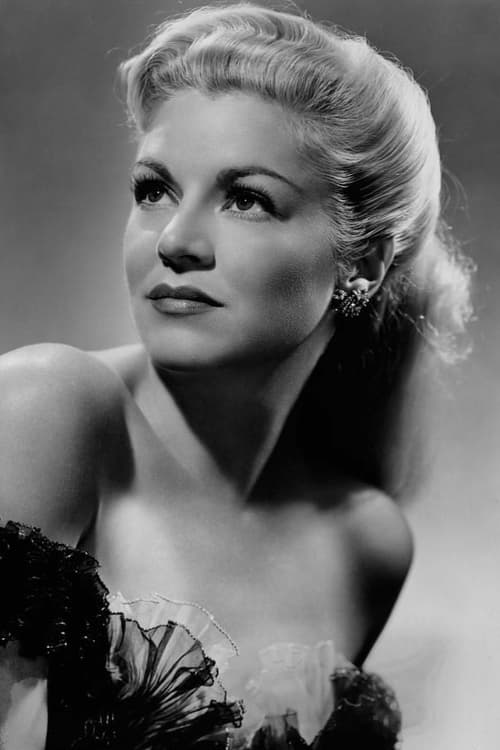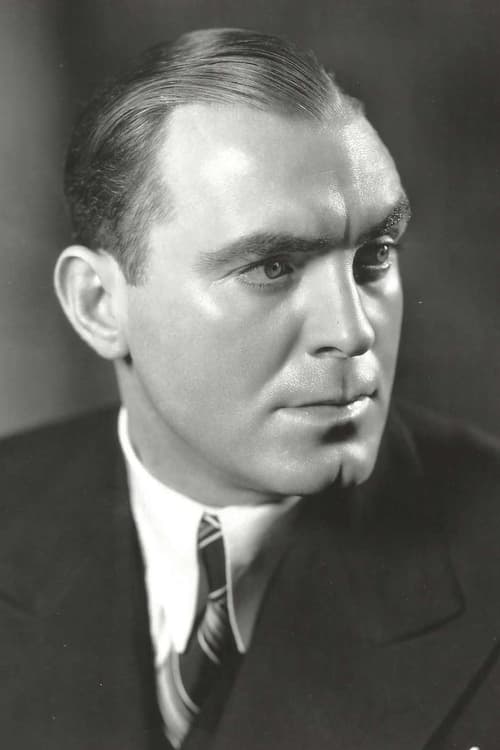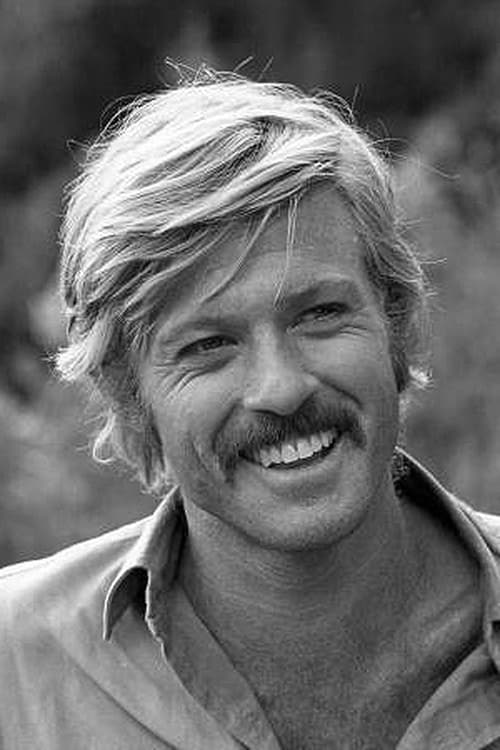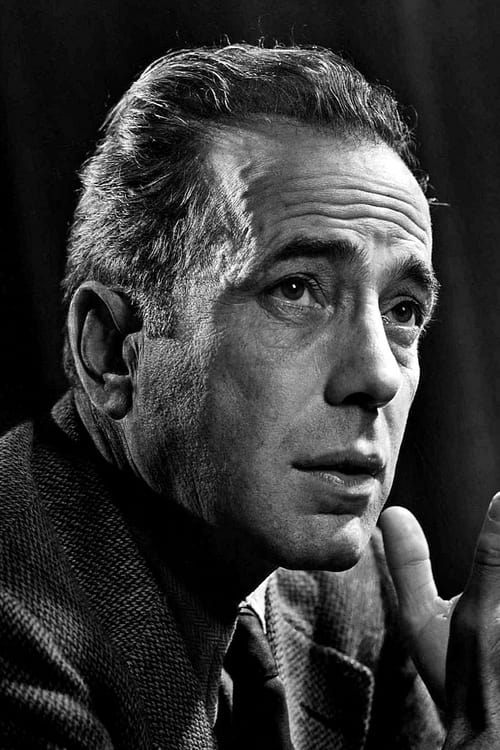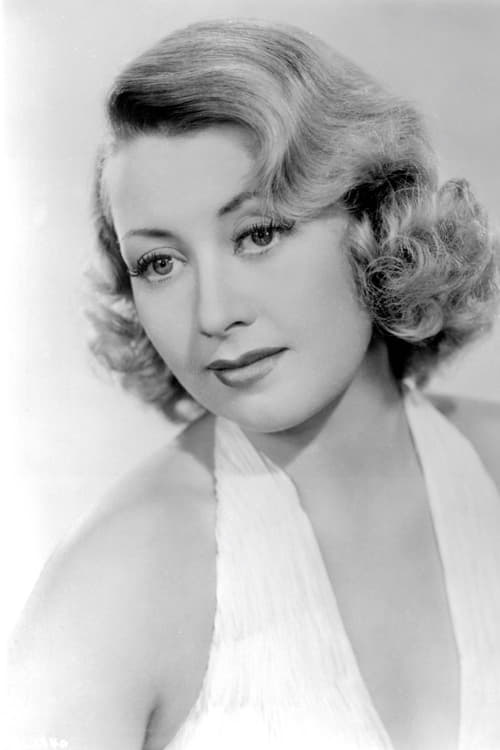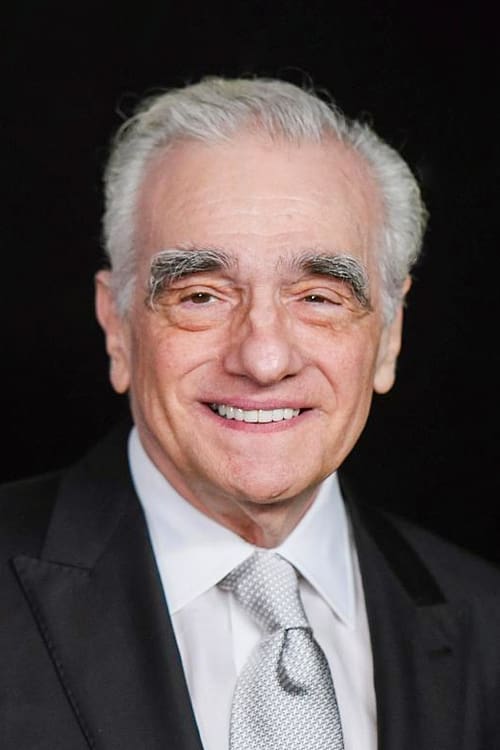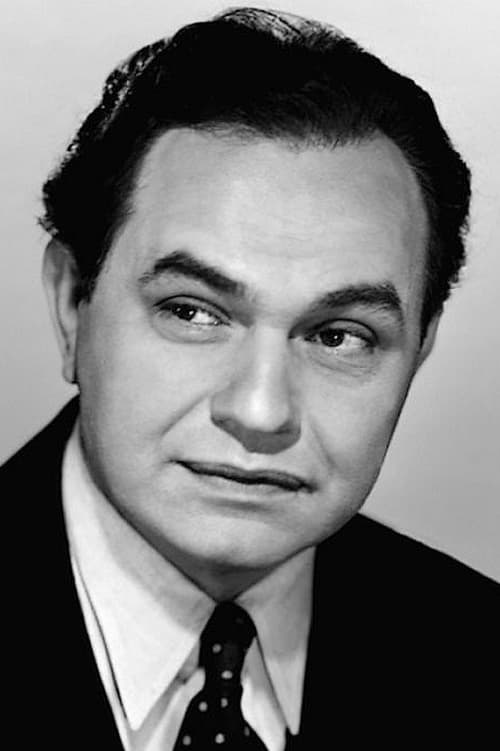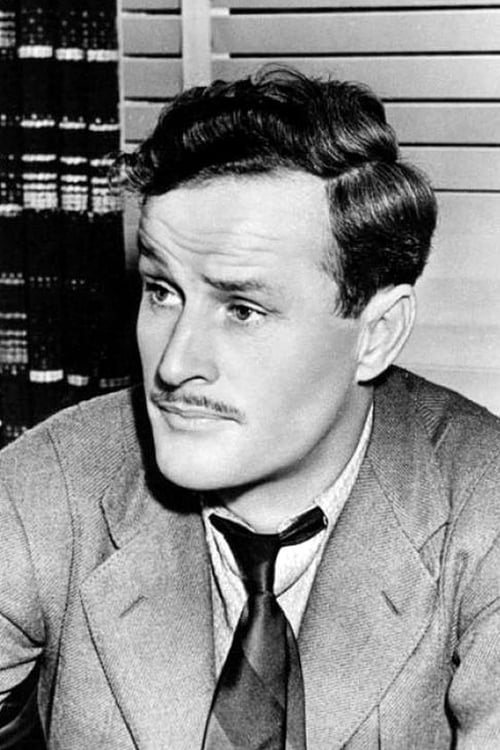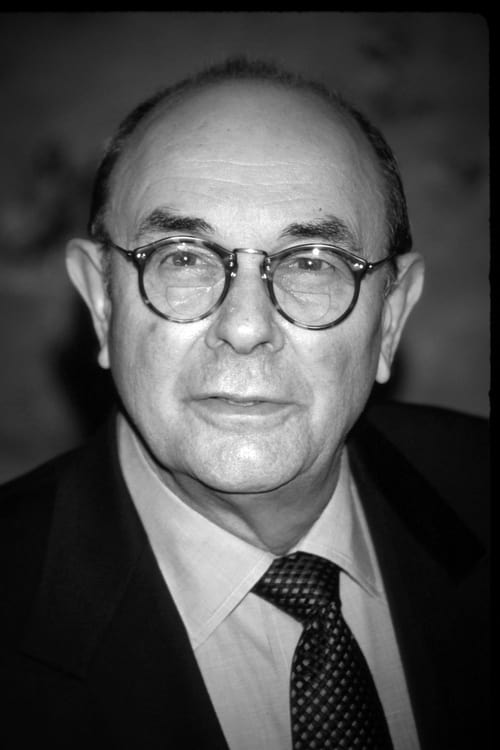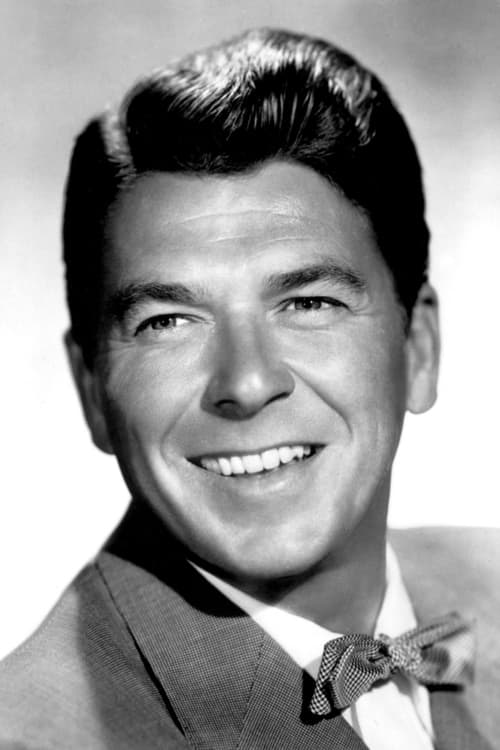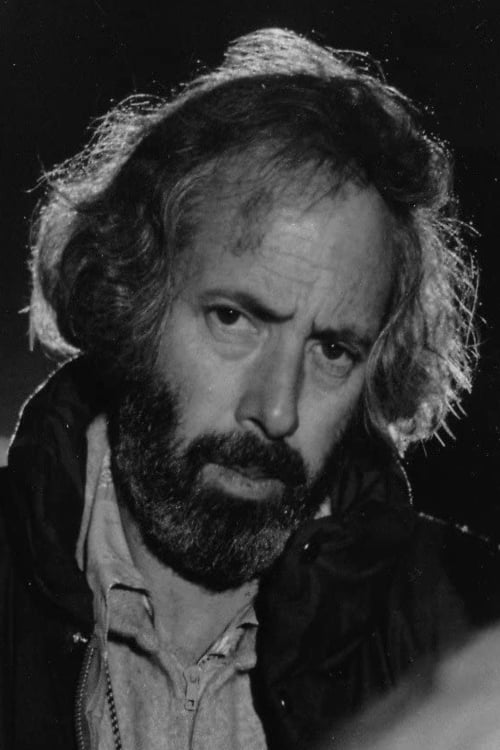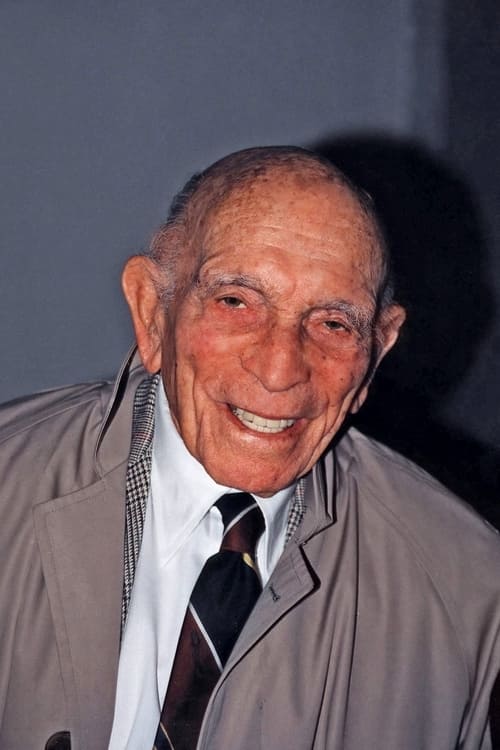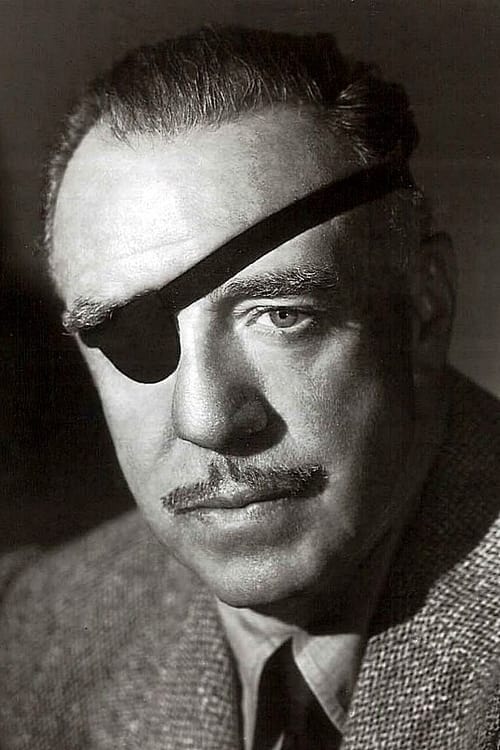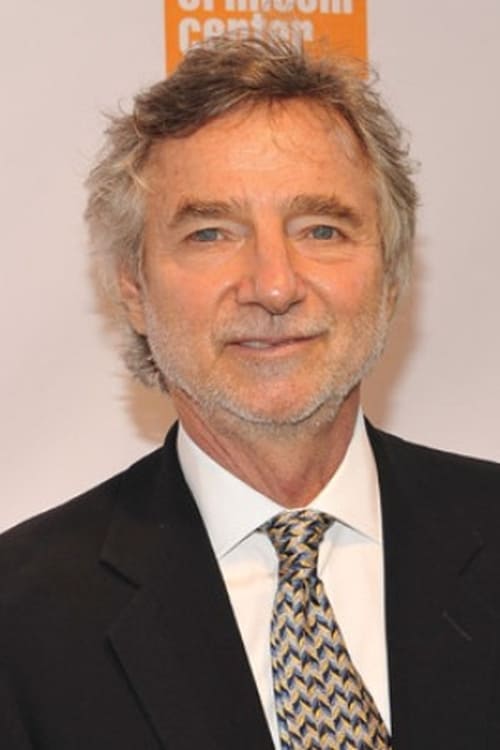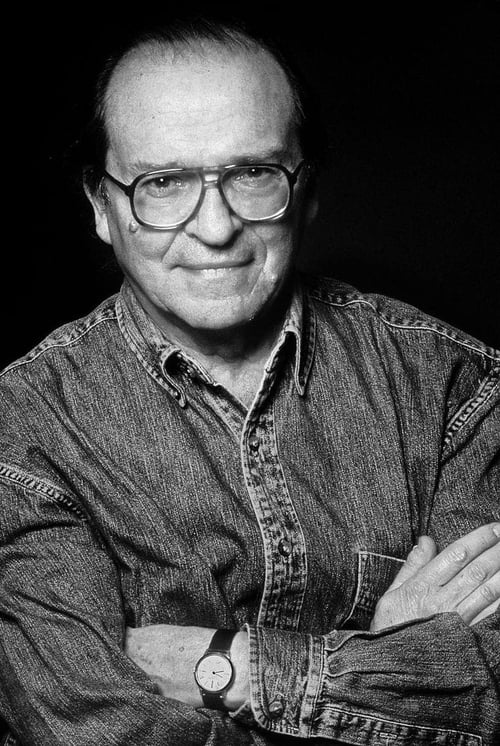You Must Remember This: The Warner Bros. Story (2008)
장르 : 다큐멘터리
상영시간 : 3시간 48분
연출 : Richard Schickel
시놉시스
Jack L. Warner, Harry Warner, Albert Warner and Sam Warner were siblings who were born in Poland and emigrated to Canada near the turn of the century. In 1903, the brothers entered the budding motion picture business. In time, the Warner Brothers moved into film production and would open their own studio in 1923.
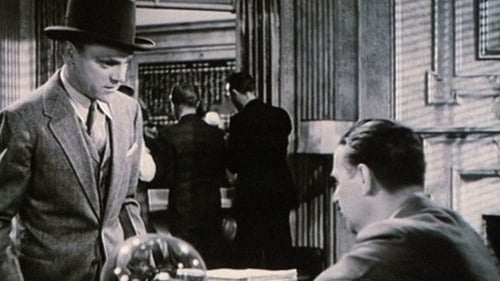
Period music, film clips and newsreel footage combined into a visual exploration of the American entertainment industry during the Great Depression.

Surrealist master Luis Buñuel is a towering figure in the world of cinema history, directing such groundbreaking works as Un Chien Andalou, Exterminating Angels, and That Obscure Object of Desire, yet his personal life was clouded in myth and paradox. Though sexually diffident, he frequently worked in the erotic drama genre; though personally quite conservative, his films are florid, flamboyant, and utterly bizarre.

What is the state of cinema and what being a filmmaker means? What are the measures taken to protect authors' copyright? What is their legal status in different countries? (Sequel to “Filmmakers vs. Tycoons.”)

In 1988, German filmmaker Volker Schlöndorff sat down with legendary director Billy Wilder (1906-2002) at his office in Beverly Hills, California, and turned on his camera for a series of filmed interviews. (A recut of the 1992 TV miniseries Billy, How Did You Do It?)

How the cinema industry does not respect the author's work as it was conceived, how manipulates the motion pictures in order to make them easier to watch by an undemanding audience or even how mutilates them to adapt the original formats and runtimes to the restrictive frame of the television screen and the abusive requirements of advertising. (Followed by “Filmmakers in Action.”)

An account of the extraordinary life of film pioneer Georges Méliès (1861-1938) and the amazing story of the copy in color of his masterpiece “A Trip to the Moon” (1902), unexpectedly found in Spain and restored thanks to the heroic efforts of a group of true cinema lovers.

A very personal look at the history of cinema directed, written and edited by Jean-Luc Godard in his Swiss residence in Rolle for ten years (1988-98); a monumental collage, constructed from film fragments, texts and quotations, photos and paintings, music and sound, and diverse readings; a critical, beautiful and melancholic vision of cinematographic art.
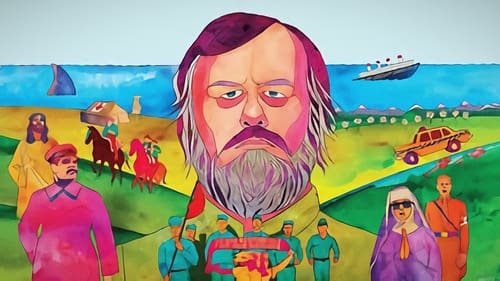
전작 영화 강의에 이어 이번에는 지젝이 등장하여 이데올로기 문제를 중점적으로 다룬다. 그가 다루는 핵심은, 우리가 믿는 것과 행동 하는 것 사이의 간극과 시차이다. 그의 책을 통해 잘 알려진 내용들이지만 , 를 인용하며 해설을 전하고 있다. 시청각 지젝 개론서라 부를 만 하다.
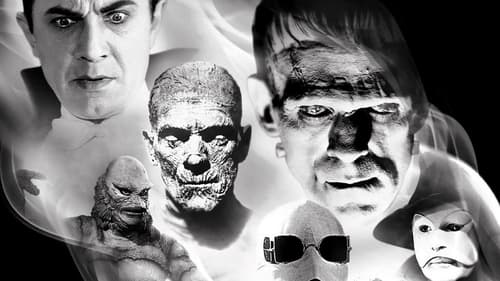
A documentary about the era of classic monster movies that were made at Universal Studios during the 1930s and 1940s.

Actor Sam Neill discusses New Zealand film and his own experiences within and without.
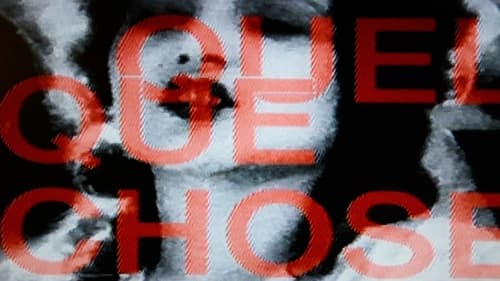
A very personal look at the history of cinema directed, written and edited by Jean-Luc Godard in his Swiss residence in Rolle for ten years (1988-98); a monumental collage, constructed from film fragments, texts and quotations, photos and paintings, music and sound, and diverse readings; a critical, beautiful and melancholic vision of cinematographic art. (Abridged version of the original collection of eight short films).

A very personal look at the history of cinema directed, written and edited by Jean-Luc Godard in his Swiss residence in Rolle for ten years (1988-98); a monumental collage, constructed from film fragments, texts and quotations, photos and paintings, music and sound, and diverse readings; a critical, beautiful and melancholic vision of cinematographic art.

998년에 총 4부 8편(각 장은 A와 B, 두 편씩으로 구성되어 있다)이 완성된 의 출발점은 대략 1978년 몬트리올에서 고다르가 한 연속 강의에까지 거슬러 올라간다. 이 강의 중 일부를 수록한 책 >에서 고다르는 ‘참된’ 영화의 역사란 일러스트레이션이 삽입된 텍스트들이 아니라 이미지와 사운드들로 이루어져야 한다고 썼다. 는 고다르가 자신의 이런 생각에 따라 실제 영화 속 이미지와 사운드의 조각들을 몽타주해 서술한 고다르판 영화의 역사이다. 고다르가 쓴 이 영화의 역사는 우리가 보통의 영화사 서적들에서 볼 수 있는 것과 같은 연대기적인 역사의 기록은 아니다. 오히려 그는 자신이 고고학적이거나 생물학적이라고 부르는 방식을 통해 20세기의 영화에 대한 단선적인 역사가 아닌 복수의 역사를 이야기한다. 미국의 저명한 영화 평론가 조나단 로젠봄은 프로젝트의 원대함이란 측면에서 고다르의 를 제임스 조이스의 에 비견할 만한 것이라고 말한다. 고다르의 이 프로젝트는, 거의 17년의 집필 기간을 소요한 조이스의 작품에 맞먹을 에너지를 들여 만들어진 것이기도 하지만 무엇보다도 영화를 통해 지각되는 20세기를 다룬다는 점에서도 언어를 통해 이해되는 인류의 역사에 관심을 갖는 조이스의 작품에 견줄 수 있다는 것이다. 고다르가 써낸 이 영화의 역사가, 후에 20세기 영화사를 돌이켜볼 때 그 역사를 통틀어 최고의 사건 가운데 하나로 꼽힐 것임은 분명한 일이다.

역사를 표현하는 영화의 힘과 더불어 성과 죽음의 이미지를 그린다.

Australian-born filmmaker George Miller offers a personal view of Australian films. He suggests that they can be regarded as visual music, public dreaming, mythology, and song-lines. In extrapolating the idea of movies as song-lines he examines feature films under the following categories: songs of the land; the bushman; the convicts; the bush-rangers; mates and larrikins; the digger; pommy bashing; the sheilas; gays; the wogs; blackfellas; and urban subversion. He then concludes that these films can be thought of as "Hymns that sing of Australia."

비디오테이프의 등장은 세상을 바꿔놓았다. 오늘날의 디지털 문화의 기초를 닦았음은 물론이고 메이저 스튜디오는 물론 저예산 인디 감독들에게도 전례가 없는 기회를 선사하며 영상을 만드는 모든 이들에게 공정한 기회를 제공하는데 큰 역할을 한 비디오테이프. 기술의 진보와 인간의 야망을 동시에 충족시키며 혁명적인 역할을 한 비디오테이프의 추억 속으로 당신을 인도한다.
(2013년 제17회 부천국제판타스틱영화제)

A documentary about film producer Hal Roach.

"Ni Muy Muy, Ni Tan Tan, Simplemente, Tin Tan. Tin Tan was one of the greatest comdedian-actors in the history of Mexican Cinema. He began his film career during the early years of what became the Golden Age of Mexican Cinema. Throughout the majority of his movies he plays the character of a pachuco; the Chicano/Mexicano in zoot suit, throwing out the tirili phrases and words, and jammin the jitty-bug. With the style and the slang down to a tee, he was picked up in Cd. Juarez Chihuahua by an acting troupe. Touring extensively through-out Mexico with the troupe landed him in Mexico City with film contracts. It was in those films that Tin Tan exposed the image of the pachuco, which Mexican Youth adopted. From the desert border-towns of Juarez y El Paso the style took off in various parts of the country, most notably in Mexico City

This documentary revisits the making of Gone with the Wind via archival footage, screen tests, insightful interviews and rare film footage.

Long treated with indifference by critics and historians, British silent cinema has only recently undergone the reevaluation it has long deserved, revealing it to be far richer than previously acknowledged. This documentary, featuring clips from a remarkable range of films, celebrates the early years of British filmmaking and spans from such pioneers as George Albert Smith and Cecil Hepworth to such later figures as Anthony Asquith, Maurice Elvey and, of course, Alfred Hitchcock.
